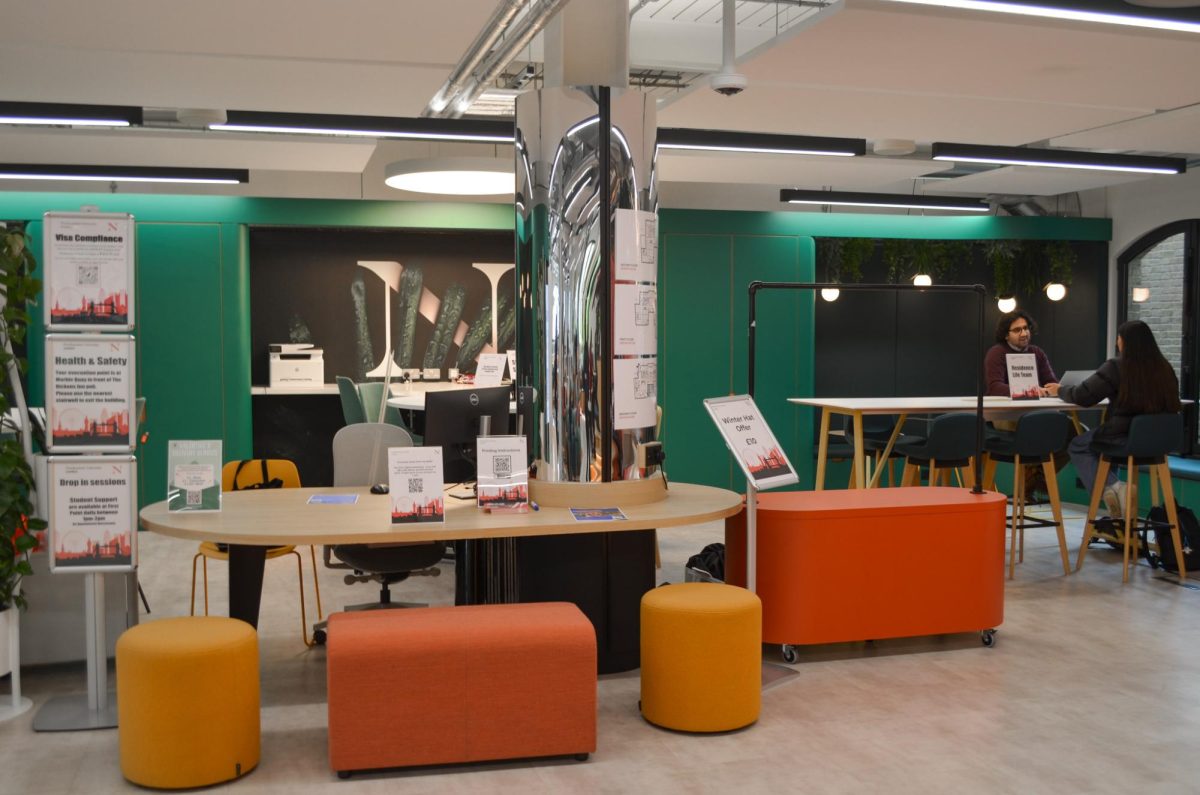By Jamie Haddad, News Correspondent
Yesterday, when the time approached 6 p.m., Boston’s streets were unusually quiet. The bare sidewalks could have been due to the estimated 100 million people who tuned in to watch Super Bowl XLIII and, of course, the event’s much-anticipated commercials.
NBC, which televised the game, charged up to $3 million for a 30-second advertising spot during the event, which broadcast live, which translates to $100,000 for one second of airtime, said Andrew Rohm, an assistant professor of marketing.
This is a small price in the advertising industry ‘- one of the few opportunities marketing representatives get to display their latest commercials, which become part of a much greater, year-long effort, said Susan Stribling, who works in the corporate communications department of’ Coca-Cola.
Coca-Cola, a global leader in the soft drink industry, aired a commercial called ‘Heist’ during the Super Bowl as part of a new and uplifting marketing campaign the company introduced in January. They worked for eight months with Wieden and Kennedy, the global agency of record for brand Coca-Cola, to develop the strategic campaign. Its slogan:’ ‘Open Happiness,’ Stribling said. The commercial itself is filled with simplistic, yet positive, images, colors and messages developed to remind people of what it is like to pause and enjoy a Coca-Cola beverage, she said.
The new efforts by Coca-Cola represent a lighter-side-of-life image, Stribling said. She added it’s important for Americans to see simple images of happiness today.
‘You know that even though times are tough right now, that moment of happiness, that little moment of time, it gives you a little pick you up,’ Stribling said about sipping a Coke. ‘I think it is really a legitimate idea.”
Coca-Cola’s optimistic new campaign is filled with messages of hope and happiness, Stribling said. Its ads are intentionally calmer and more simple than previous campaigns, and those barebones messages work to ease the consumer’s anxieties in a slumping economy, Stribling said. The company’s new approach is just one example of businesses and producers re-evaluating their marketing efforts to meet the new standards of people who are living in a suffering economy.
Pepsi-Cola, for example, recently released an advertisement campaign, ‘Refresh,’ shaped around a series of billboards with optimistic words, like ‘hope’ and ‘joy,’ according to a press release from the company.
Trang Vo, a sophomore music industry student, said the letter O in each word seems to share an uncanny aesthetic resemblance with President Barack Obama’s own campaign posters.
Allison Flood, a communication studies and criminal justice major, said she has seen an uplifting new Dunkin Donuts campaign on campus with the slogan, ‘You Kin’ Do it.’ She said she feels enthusiastic about the brand’s new look and its new menu.
‘The colors are definitely really bright and they make you feel happy,’ Flood said. ‘They brighten up your day, it’s like a rainbow, especially with the economy. Everyone sees the happy colors and sees the affordable options and they want to go spend their money because it makes them feel good.’
Vo said she could relate with this feeling ‘- especially in a fast-paced society struggling with a dismal economy. She said small things, sometimes as simple as a soda, have the potential to brighten her day.
She said she is also aware of her opinions being constantly influenced by commercials.
‘When I sit in [the Curry Student Center] to study for a few hours, the news is on 24-7,’ Vo said. ‘The commercials slowly sink in and they impact you sometimes, just slightly.’
Rohm researches new media and innovations in marketing communications. He said that companies in the consumer industry who focus on positive emotions would ultimately snag more buyers. Although the commercials are developed for certain demographics, he said ‘the feeling of optimism transcends age groups.’
Our society, and its advertisements are both moving at a fast pace, said Rohm, who has conducted research on consumer behavior.
‘I call it the ADD consumer,’ so a 30 to 60 second commercial can seem like an eternity,’ he said. ‘Simplicity nowadays is so important. The billboards are a simple message, they’re cute and they are catchy.’
They’re trying to present the human side of the brand, and purposely not linking to celebrities. It’s a soft drink. The emotional link is the bright colors and brands will capture our attention in fleeting short amounts of time.’
Frederic Brunel, a professor of management at Boston University, said businesses are adjusting their strategies in order to keep pace with the’ changing economic climate, but also to mend their declining sales.
‘They are now changing to focus on value, not performance, so it is affordable. They are reframing and reshaping themselves,’ said Brunel, who has conducted research on consumers’ perceptions of product characteristics, relationships and personality issues in marketing.
‘This is how these companies adapt to the anxiety that is in the economic environment.’
Today, individuals of all ages, are searching for a sense of community, for signs of optimism and for positive influences around them, Brunel said. But people in our culture have always looked around, to the media and to one another, for guidance, he said.
‘Society influences advertising and advertising influences society,’ he said. ‘But this is not new. This is ongoing in the history of America.’








